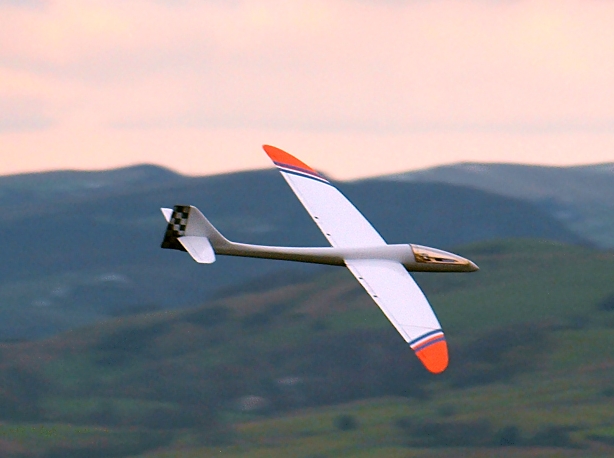One thing I never do anymore is rush into a repair. Carefully collect all the parts making sure that you are not aggravating the damage and put it aside for at least overnight. Things (nearly) always look better after a sleep.
Groovy 50
This was actually worse. My initial assessment was that the firewall had simply come unglued down one side of the fuselage, the undercarriage was bent and I had a broken wheel.To repair this, the fuselage side had a piece if 1/16" ply inserted to reinforce the side (full depth), and all reinforcement pieces were carefully removed using a scalpel. New triangle pieces were cut and the whole lot glued and clamped and Araldited (Slow Set) into place. At this point it was noted that the Firewall had a crack in it, so the whole lot was ripped out again before the glue hardened and a new Firewall constructed using 6mm ply (the original was 4mm).
All clamped up again and allowed to dry overnight.
Because the former was slightly thicker, the engine mount is now 2mm further forward which meant that the cowl needle valve access point needed moving slightly as well
It now became a simple matter of bolting everything back in again ensuring that the thrust line hadn't changed (too much). I suspect some minor changes will be required after the first test flights though
The undercarriage (aluminium) was simply folded back to the correct shape. The cowl had also been damaged when the undercarriage folded - the two additional cracks were simply epoxy patched on the inside. A couple of evenings work and it seems ready to fly again.
Gangster 63
This had a very clear break just behind the cockpit. I remember when I built it that I considered this to be the weak point in the design. However, repairs were really quite easyFirst thing is to jig the fuselage so that it is straight and glue the remaining parts together so that there is sufficient hold while proper repairs are carried out.
Repairs basically comprised of adding large 3/16" balsa gussets at each break - 8 in total were added. As very light wood was used, this will have very little impact on the CG position.
With the covering stripped away, you can see where the fuselage has been butt join repaired
The Gussets were added just behind the wing inside the fuselage sides: There are also two more above this from the upper longerons, the lower point of the far one is just visible above the lower gusset
Two more at the top just behind the cockpit. Note the stepped sheet cross piece. The original design had no cross sheeting, this was a change that I made to add a little extra stiffness. The cross sheeting is fitted all the way back to the tailplane
Two more large gussets added under the fuselage behind the wing mounting bolts. Note the overlap direction. I think this provides a better glue contact and also a better load line.
Finally recovered and it looks almost like new
I am not expecting any significant trim changes as a result of this repair, time will tell though.


















































